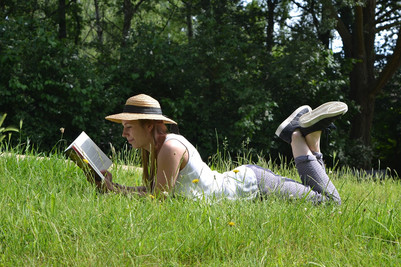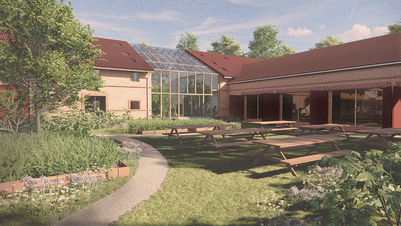
Coronablog | Kirsten Marie Raahauge

FROM PROVINCE TO PERIPHERY IN CORONA TIMES
As I am not able to conduct fieldwork as planned in Tønder in these months, instead I will point to long distance information as they can be accessed through media and through telephone interviews with informants. Furthermore, I will discuss some of the important aspects of the field of the peripheral along the way, such as time space compression, ligation and centrality, defocused gazes, ideas of neutrality, universality, and locality, stabilized cities, compartalization, and flowing institutions, tourism and contamination, welfare and wellness, secure units and the various threats, transparency and obscureness, the advantages of not seeing the whole image, the return of reality, the new role of thresholds and filters, claustrophobic and agoraphobic discourses on corona, isolation and conduits, ideas about “normality” etc. Maybe these themes will shift during the process.
I wonder, what has changed in Tønder in the corona-times. Furthermore, I am curious about what the citizens are lacking, what seems to be forgotten, and what becomes more manifest concerning welfare spaces as well as everyday life on a broader scale in these times of change. Also, I would like to know, how the state of exception is played out differently in the periphery and in the central urban areas. And how the distribution and scale of welfare spaces play into these conditions? Furthermore, I am interested in the way space is dealt with now, after the time space compression of fast infrastructure has been put on halt? Have people of the periphery become more local? Have people of the urban areas? How is everyday life affected by being acted out more through virtual canals? Through small texts and field reports from a distance about the periphery, I will try to discuss some of these questions.
About the project
My project, From Province to Periphery, Spaces of Welfare, Spaces of the Outskirts deals Tønder. As many other provincial cities, Tønder is under transformation, becoming a place in the outskirts. Among other causes, this is due to infrastructural differences; as larger urban areas become connected by way of motor ways and airports, the cities that are not connected to this infrastructure become ligated and thereby outskirted. Also, structural reforms of the Danish welfare system that happened around 2007 play a large role in the transformation of the provincial cities of Denmark. A reorganisation has been accomplished of the web of welfare institutions, transferring welfare amenities to larger cities, thereby emptying smaller cities of welfare institutions. Focusing on the relations between space, welfare and the citizens of Tønder, my project deals with the transformations of everyday life in a city where the welfare institutions have been removed or diminished, and where the periphery has become an emerging mode for how to talk about, and maybe also live in, what used to be a city in the province.















